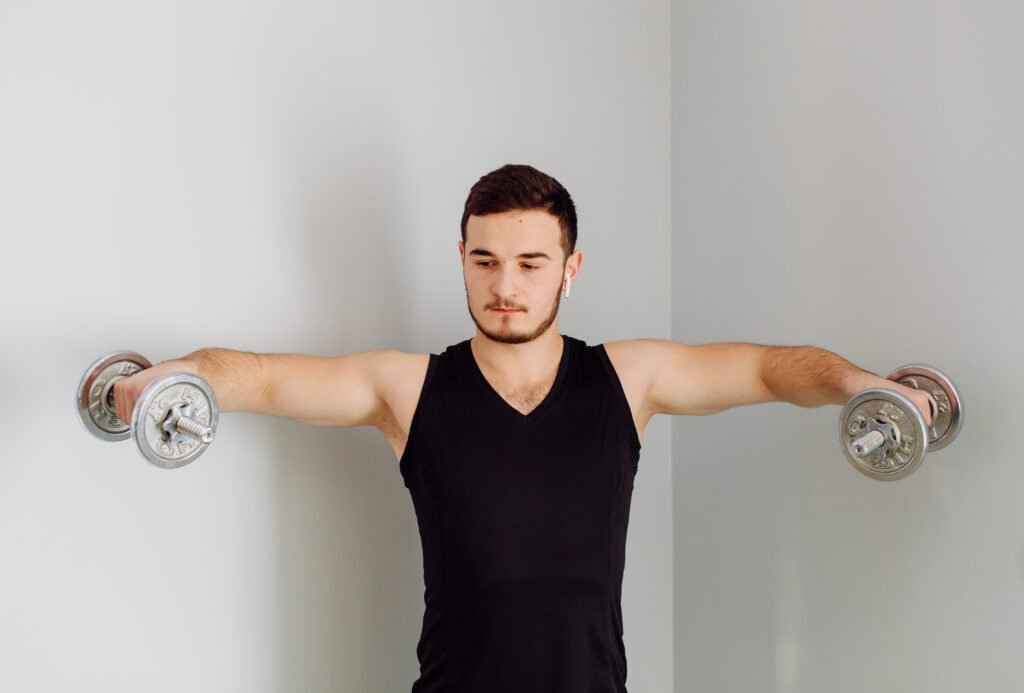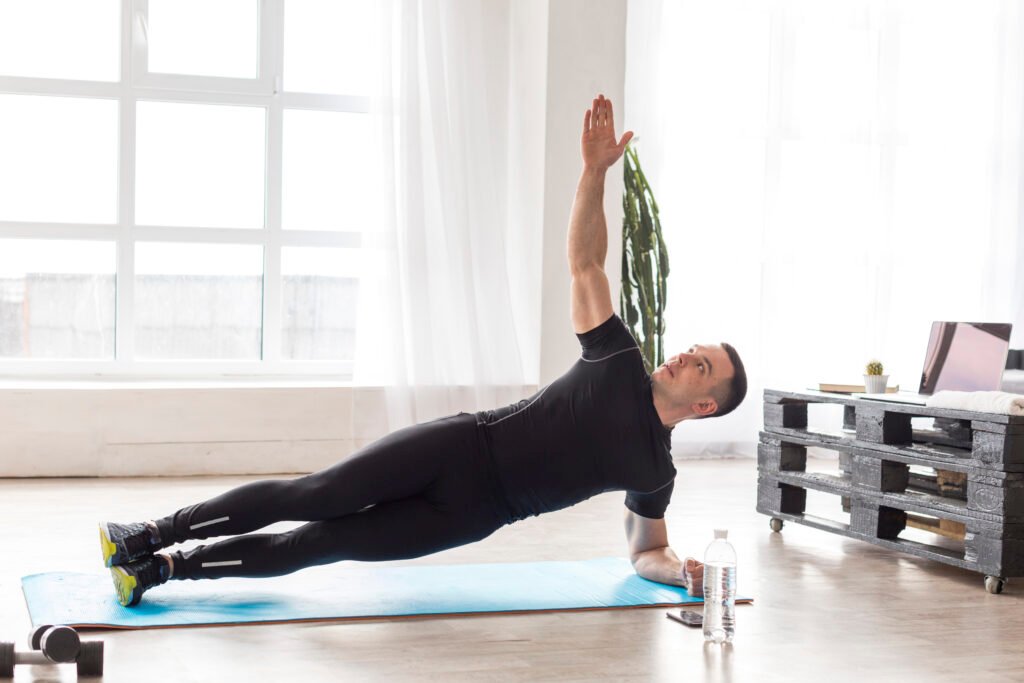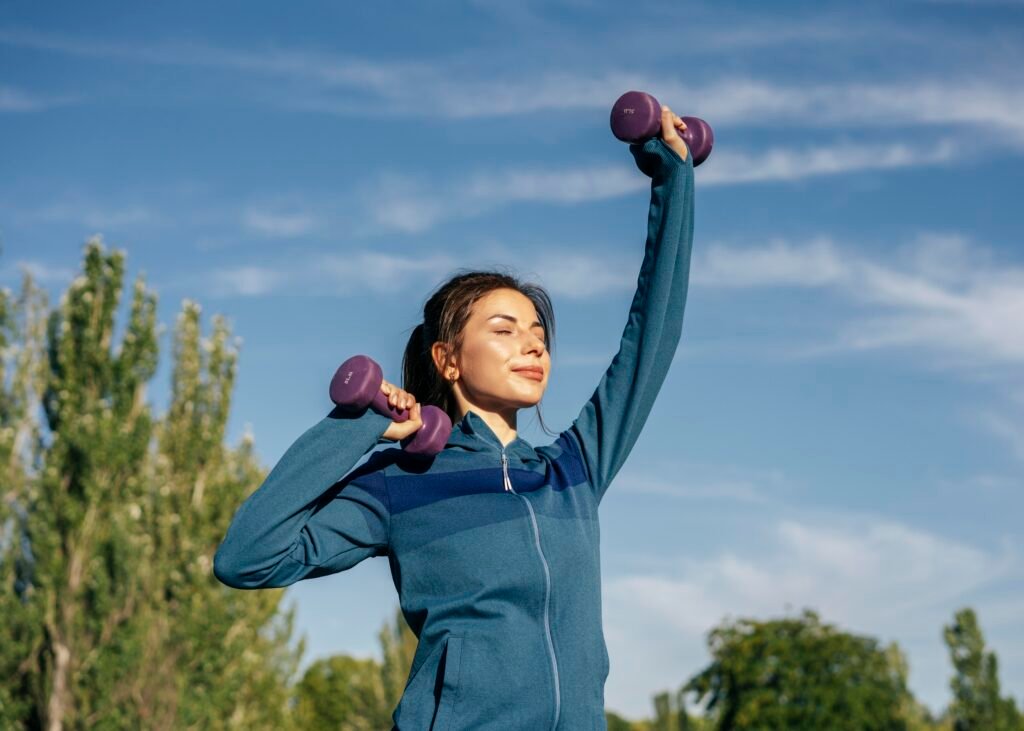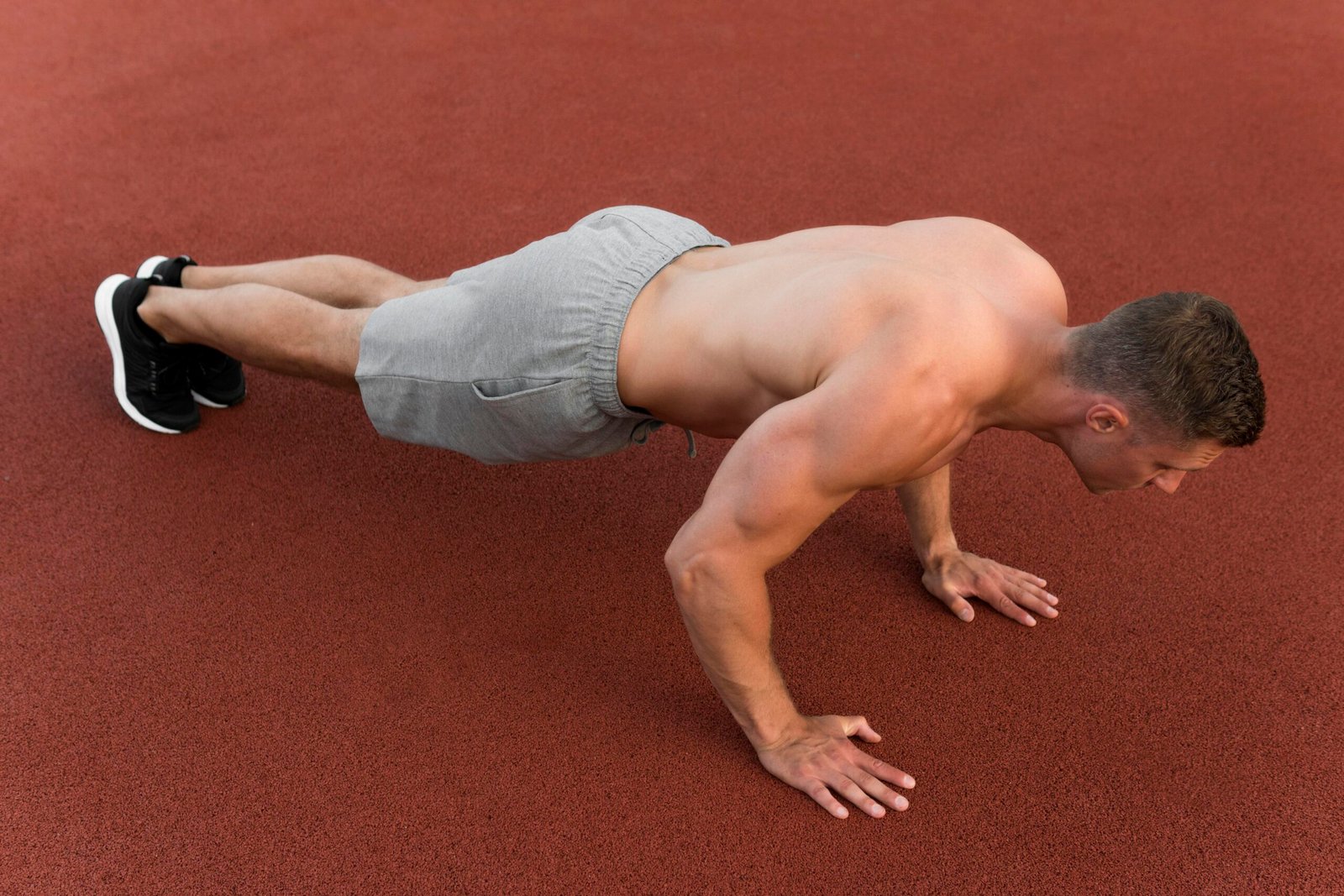Push-ups are often seen as a staple of bodyweight workouts, but did you know that they are one of the most effective and versatile exercises you can do for your fitness? With no need for equipment and the ability to be done anywhere, push-ups offer benefits that go far beyond just building upper body strength. Whether you’re looking to enhance cardiovascular health, improve endurance, or promote better posture and joint health, push-ups should be a core part of your fitness routine.
Here’s why push-ups are more than just a traditional exercise: they’re a powerhouse move that can benefit your entire body. Let’s take a closer look at how they work, their wide-ranging benefits, and why they should be included in your workout.
8 Benefits of Push-Ups
Push-ups are a fantastic bodyweight exercise that targets multiple muscle groups, enhances core stability, and offers numerous other benefits that contribute to overall fitness. Here are the top benefits of incorporating push-ups into your workout routine.
1. Increases Upper Body Strength

Push-ups primarily target the chest (pectorals), shoulders (deltoids), and triceps, making them a great exercise for building upper body strength. Regularly performing push-ups can lead to noticeable improvements in muscle size and endurance without the need for weights or specialized equipment.
Studies have shown that variations of push-ups can significantly increase upper body strength, particularly for those training at home. In addition to building muscle, push-ups are a functional exercise that enhances your ability to push, press, and stabilize during everyday activities—helping you perform better and reduce the risk of injury.
2. Enhances Core Stability and Endurance

While push-ups are known for building upper body strength, they also engage your core muscles—especially the abdominals and obliques—during every rep. The need to maintain proper form throughout the movement helps build a more resilient core, which is essential for overall balance, posture, and stability.
Core strength developed from push-ups also plays a vital role in preventing back injuries, especially for individuals dealing with lower back pain. Core stability reduces the risk of poor posture and contributes to better body control during physical activities.
3. Supports Cardiovascular Health

Push-ups may seem like a strength exercise, but they can also benefit your heart. Performing push-ups at a steady pace can elevate your heart rate and improve cardiovascular endurance. By incorporating push-ups into a routine, you can enhance heart health and boost overall endurance.
Over time, this becomes a key health benefit of doing push-ups regularly. Not only do you improve your strength and stamina, but you also promote heart health by raising your heart rate, which improves your cardiovascular capacity.
4. Increases Muscle Endurance

Push-ups are an essential part of calisthenics, and regularly performing them improves muscle endurance. When you enhance your muscular endurance, your muscles become better at sustaining effort for longer periods, which is important for both athletic performance and daily tasks.
Incorporating push-ups into your routine helps you build stamina over time. With consistent training, you’ll notice an improvement in your ability to perform longer workouts and handle stress or exertion without fatigue. This increase in endurance contributes to better overall physical performance and enhanced resilience in everyday activities.
5. Contributes to Better Posture

Poor posture is a common problem, especially in today’s tech-driven world. Hours spent hunched over phones or computers can lead to back and neck pain. Push-ups are particularly effective in addressing this issue. They strengthen the muscles in the back and shoulders, which helps improve alignment and prevent the rounding of the upper body.
A well-executed push-up engages the muscles responsible for maintaining an upright posture, especially the upper back and shoulders. By regularly performing push-ups, you can counteract slouching and help prevent the development of a hunched upper body.
6. Supports Joint Health

Push-ups are great for building joint strength and stability. As you push your body up and down, the muscles surrounding the shoulder and elbow joints are activated, which improves joint stability and flexibility. Over time, this can reduce the risk of joint injuries during other physical activities.
Push-ups provide a joint-friendly way to build strength, as they don’t require external weights. This makes them a perfect option for sustainable training that supports long-term joint health.
7. Promotes Convenience and Accessibility

One of the greatest benefits of push-ups is their accessibility. You don’t need any equipment to perform them, and they can be done almost anywhere—at home, in a hotel room, or even at the office during a break. This makes them an ideal exercise for busy individuals or those who don’t have access to a gym.
Push-ups are an easy, convenient way to get a solid workout in without needing any special gear. Whether you’re at home, traveling, or just looking to squeeze in a quick session, push-ups make fitness simple and achievable.
8. Provides Mental Health Benefits

Exercise, in general, has a positive impact on mental health, and push-ups are no exception. Like all physical activity, push-ups help release endorphins, the body’s natural mood lifters. This boost in mood can help reduce symptoms of anxiety, depression, and stress.
The discipline and resilience you build through regular push-up practice also promote greater mental toughness. As you push through the physical challenge, you can develop a stronger mindset that carries over into other areas of your life.
Tips for Maximizing Push-Up Benefits
To make the most out of push-ups, here are a few tips to ensure you’re performing them correctly and avoiding injury:
- Maintain Proper Form: Start in a plank position with your hands slightly wider than shoulder-width apart. Keep your body straight, engage your core, and avoid sagging your lower back.
- Focus on Slow, Controlled Movement: Lower your body with control and push back up slowly. This will maximize the benefits and reduce the risk of injury.
- Breathing: Remember to breathe! Inhale as you lower your body and exhale as you push yourself back up. Proper breathing improves performance and endurance.
- Modify for Progress: If regular push-ups feel too difficult at first, begin with modified push-ups or knee push-ups. Gradually progress to standard push-ups and then try more advanced variations.
Push-Up Variations to Challenge Your Body
Push-ups are a versatile exercise that can be modified to target different muscle groups and keep your workout routine fresh and engaging. Here are a few variations to consider:
- Diamond Push-Ups: Focus on the triceps by bringing your hands closer together in a diamond shape.
- Wide Push-Ups: Place your hands wider than shoulder-width to target the chest more effectively.
- Incline Push-Ups: Perform push-ups with your hands elevated on a bench or couch for a less intense variation that still works the upper chest.
- Pseudo Planche Push-Ups: A more advanced variation that works the upper body and core simultaneously.
- Pike Push-Ups: A great shoulder exercise that also engages the core muscles.
Push-ups are an incredibly effective, accessible, and versatile exercise that provide a wide range of benefits. From building upper body strength and endurance to supporting joint health and improving mental well-being, push-ups are a complete workout that anyone can incorporate into their fitness routine. Whether you’re looking to strengthen your muscles, improve posture, or boost your overall health, push-ups can help you achieve your goals.
Start incorporating push-ups into your routine, experiment with different variations, and experience the transformative power of this simple yet powerful exercise.







